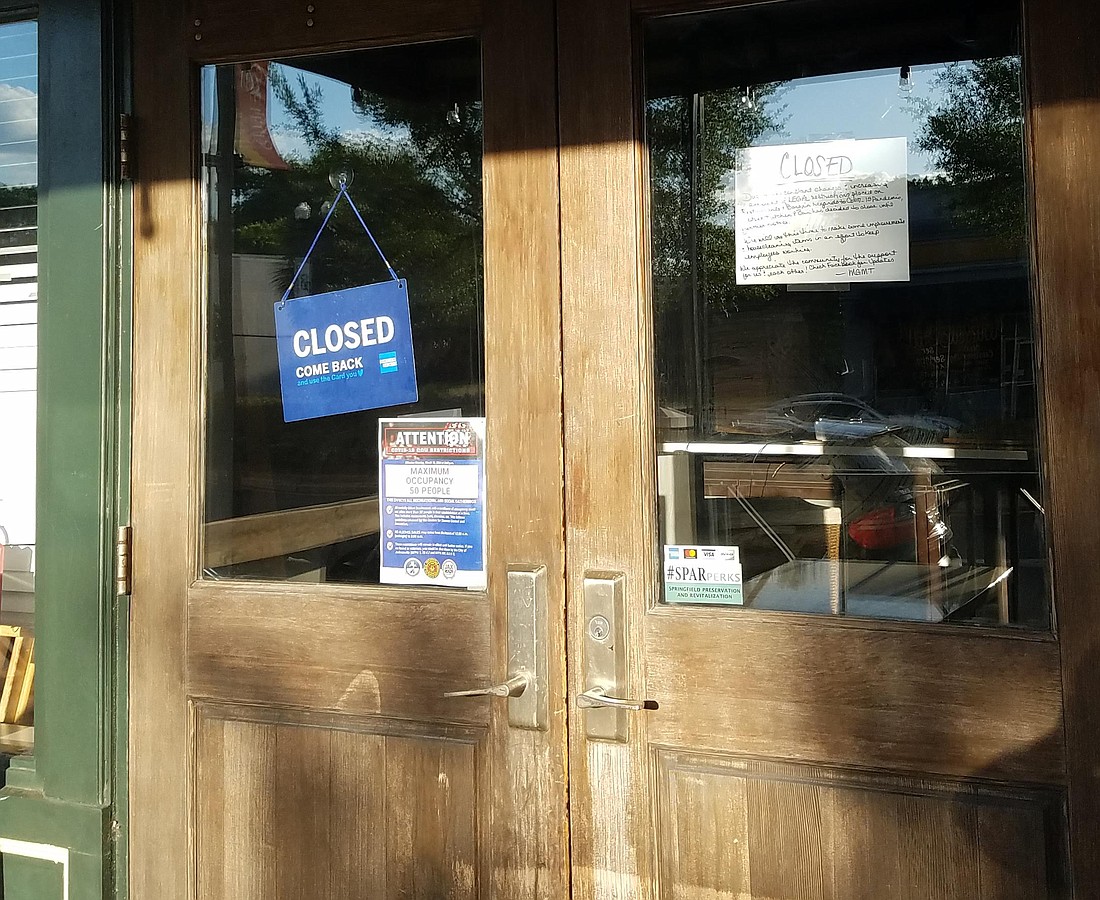
This story is updated with comments from University of North Florida economist Albert Loh.
Northeast Florida’s unemployment rate jumped higher in March as the impact of the COVID-19 pandemic began to hit the area economy.
The unemployment rate in the Jacksonville metropolitan area rose from 3% in February to 4.3% in March, with the number of unemployed people in the labor force growing by about 10,000, the Florida Department of Economic Opportunity reported April 17.
Duval County’s jobless rate rose by 1.4 percentage points to 4.5%. St. Johns County, which continues to have one of the lowest unemployment rates in the state, rose by 1.2 points to 3.7%.
Florida’s unemployment rate rose by 1.5 points to a seasonally adjusted 4.3%, the Department of Economic Opportunity said.
The March data is based on government surveys of households in the middle of the month, so the unemployment picture likely will get worse in upcoming reports as the large layoffs at the end of the month are factored in.
It wasn’t until March 20 that Gov. Ron DeSantis ordered all restaurant dining rooms do close.
“What these things are going to report are just going to verify what we know already,” Federal Reserve Bank of Atlanta President Raphael Bostic said in a webinar April 16.
University of North Florida economist Albert Loh said April 17 the reported unemployment rate might actually understate the impact of the pandemic.
“The definition of unemployment does not include furloughed workers or reflect underemployment (such as reduced work hours), both of which are an apparently widespread phenomenon across sectors and regions,” he said.
The Department of Economic Opportunity does not adjust the Jacksonville data for seasonal factors. Loh said Jacksonville normally sees a boost in employment in March because of spring travel, major sports events and the onset of tax season. But those factors were offset by the COVID-19 impact.
As a result, UNF’s Local Economic Indicators Project reported the seasonally adjusted unemployment rate in Jacksonville was about the same as the unadjusted rates reported by the state agency.
Loh said Jacksonville's seasonally adjusted jobless rate rose from 2.97% in February to 4.41% in March, and Duval County's rate rose from 3.19% to 4.67%.
Before the pandemic-related closures, Jacksonville was one of the fastest-growing metropolitan areas in the state with 14,700 jobs added to business payrolls between March 2019 and March 2020, a 2% growth rate.
While most industries added jobs, retail trade was the weakest sector with a loss of 1,900 jobs in the past year, a 2.3% decline.
Those job losses likely will intensify in the next monthly report, scheduled May 22, because so many retail businesses have had to shut down in recent weeks.
Bostic said layoffs also are impacting leisure industry sectors including restaurants, hotels and arts and entertainment.
“In this first wave, what we've seen is a real industry-focused impact” on jobs, he said.
More industries may be shedding jobs in the coming months, so Bostic expects the bad labor market data to continue in the near term.
“The bigger question, and it is an unknown, is how fast are we going to be able to turn the economy back on,” he said.
“I'm really looking at the third quarter as a time we'll start to see the wheels roll again.”